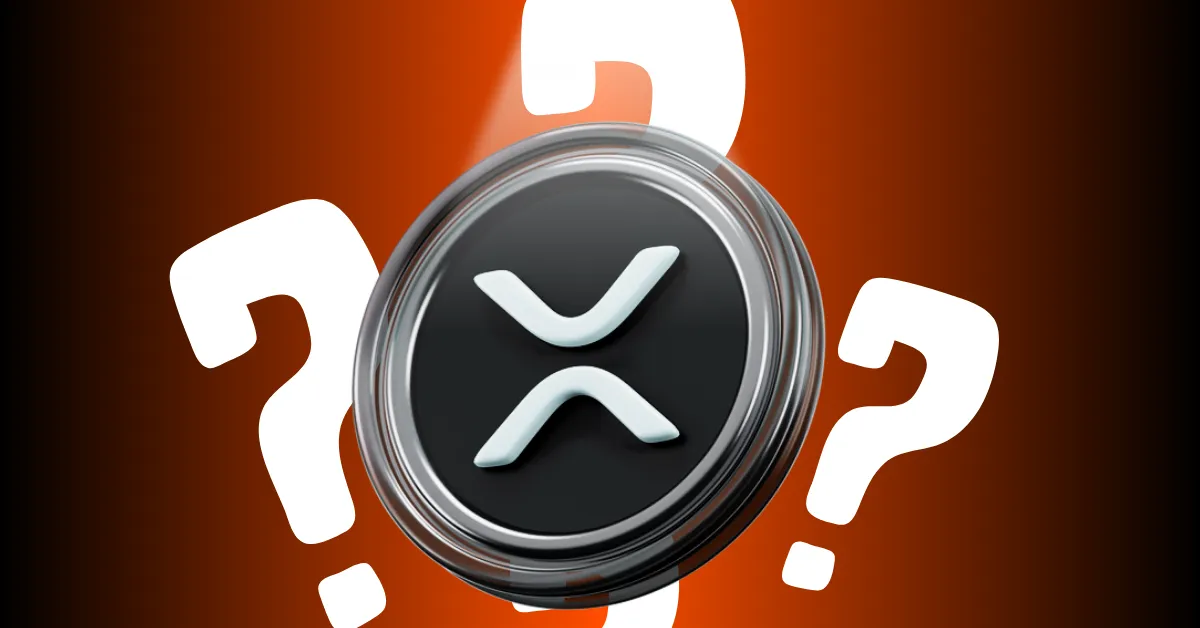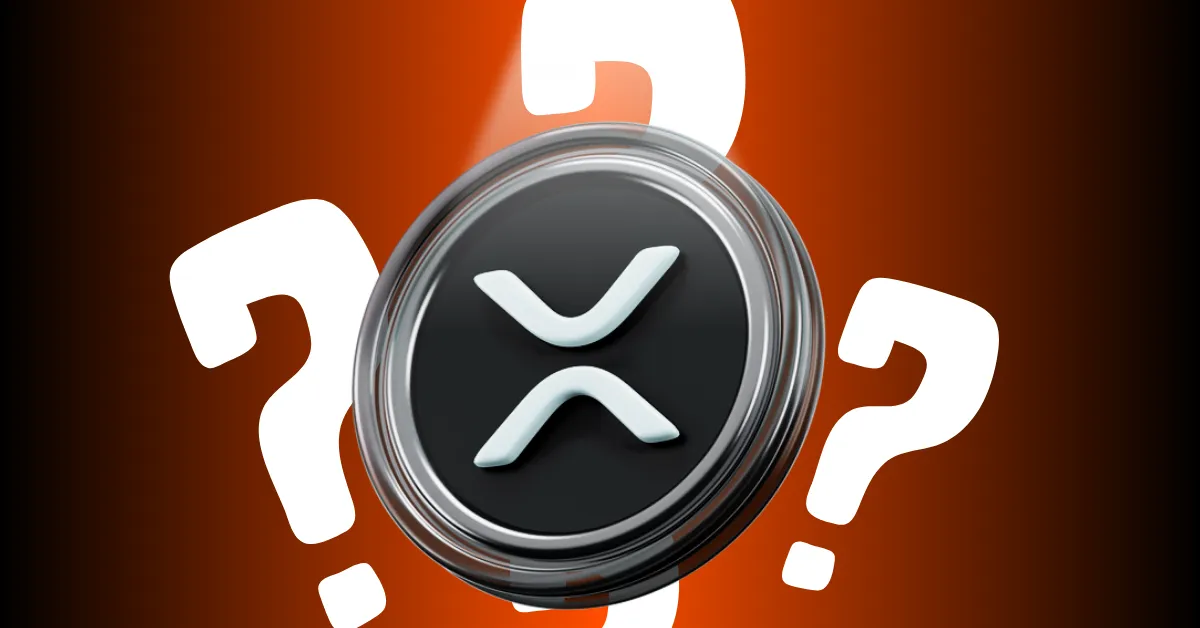The $175 Million XRP Transfer: A Deep Dive into Ripple’s Co-Founder’s Controversial Move
Introduction: A Crypto Whodunit
The cryptocurrency world is no stranger to drama, but the recent $175 million XRP transfer by Ripple co-founder Chris Larsen has sparked a firestorm of speculation and scrutiny. This isn’t just another blip on the crypto radar; it’s a high-stakes game of financial chess that has the entire community watching, analyzing, and debating. Why did Larsen move such a massive amount of XRP? Was it a strategic move, a market manipulation tactic, or something else entirely? Let’s break down the details, reactions, and potential implications of this crypto conundrum.
The Transfer: What Happened and When
Between July 17 and July 23, 2025, blockchain data revealed that a wallet linked to Chris Larsen transferred a staggering 50 million XRP tokens. At the time, this amounted to approximately $175 million. The tokens were dispersed across four different addresses, but the real intrigue began when reports surfaced that around $140 million worth of XRP was subsequently sent to various cryptocurrency exchanges and services.
Why Exchanges Matter
The movement of such a large amount of XRP to exchanges is significant because it often signals an intent to sell. Exchanges are where cryptocurrencies are bought and sold, and a sudden influx of a large quantity of a particular token can increase the supply available for trading. This, in turn, can affect the price dynamics of the token. In this case, the timing of the transfers was particularly noteworthy, as they occurred just as XRP was reaching a local high of $3.60.
The Community Reacts: From Concern to Accusations
The crypto community is known for its vigilance, and this time was no exception. The reactions to Larsen’s transfers ranged from cautious concern to outright accusations of market manipulation.
Dumping Allegations
One of the most common criticisms leveled against Larsen is the accusation of “dumping” XRP tokens. Dumping refers to the practice of selling off a large quantity of a cryptocurrency, potentially driving down its price. Critics point to the timing of the transfers, which coincided with XRP’s price surge, as evidence that Larsen was attempting to capitalize on the price increase.
Market Manipulation Concerns
The movement of such a large amount of XRP to exchanges naturally raised concerns about potential market manipulation. Even if the intention was not malicious, the sheer volume of XRP being introduced into the market could exert downward pressure on the price, affecting other XRP holders. Market manipulation is a serious allegation, and the crypto community is particularly sensitive to such practices given the industry’s history of volatility and speculation.
Transparency Demands
In the wake of these events, there have been increased calls for greater transparency from Ripple executives regarding their intentions and strategies with their XRP holdings. The lack of clear communication has fueled speculation and uncertainty, contributing to the negative sentiment surrounding the transfers. Transparency is a key issue in the crypto world, where trust is often in short supply.
Potential Explanations: Is There More to the Story?
While the community’s reactions are understandable, it’s essential to consider alternative explanations for the transfers. Not everything is as it seems in the crypto world, and there are several plausible reasons behind Larsen’s actions.
Liquidity Provision
One possible explanation is that Larsen was moving XRP to exchanges to provide liquidity. Liquidity is crucial for healthy markets, allowing traders to buy and sell assets quickly and efficiently. By increasing the supply of XRP on exchanges, Larsen may have been aiming to facilitate trading activity and prevent excessive price volatility. This is a common practice among large holders of cryptocurrencies, who often move tokens to exchanges to ensure smooth market operations.
Operational Needs
Another potential reason is that the transfers were related to Ripple’s operational needs. Ripple uses XRP in its payment solutions, and the company may have needed to move tokens to exchanges to facilitate these operations. For example, Ripple’s On-Demand Liquidity (ODL) service relies on XRP to provide instant cross-border payments. Moving XRP to exchanges could be part of this process, ensuring that there is enough liquidity to support ODL transactions.
Diversification
It’s also possible that Larsen was simply diversifying his portfolio. As a high-net-worth individual, it’s prudent for Larsen to manage his assets strategically, and selling a portion of his XRP holdings could be part of a broader diversification plan. Diversification is a standard practice in finance, and it’s not uncommon for individuals to sell assets to rebalance their portfolios.
Prior Hack Speculation
Some analysts have speculated that the transfers may be a liquidity strategy related to prior hacks from 2024. Moving funds to exchanges could be a way to manage potential losses or compensate affected parties. This is a more speculative explanation, but it’s not entirely out of the realm of possibility given the history of crypto hacks and the need for companies to manage their assets accordingly.
The Impact on XRP’s Price: A Tale of Volatility
The immediate impact of the transfers on XRP’s price appears to have been negative. Multiple reports indicate that XRP experienced a price drop following the news of Larsen’s transfers, with some reporting a decline of as much as 10%. While it’s difficult to isolate the precise impact of these transfers from other market factors, the timing suggests a correlation.
The Broader Market Context
It’s important to note that the cryptocurrency market is influenced by a wide range of factors, including overall market sentiment, regulatory developments, and macroeconomic trends. Larsen’s transfers likely contributed to the price decline, but they were not the sole cause. The crypto market is notoriously volatile, and price movements can be influenced by a multitude of factors, both internal and external.
The SEC Factor: Regulatory Uncertainty Looms Large
The legal and regulatory landscape surrounding XRP adds another layer of complexity to this situation. Ripple has been embroiled in a legal battle with the Securities and Exchange Commission (SEC) over whether XRP should be classified as a security. The SEC’s scrutiny of XRP has created uncertainty and volatility in the market. This uncertainty makes it difficult to interpret on-chain activity definitively. What might seem like a straightforward transaction could be subject to legal interpretation and potential scrutiny.
The Legal Implications
The SEC’s ongoing legal battle with Ripple has significant implications for the crypto industry as a whole. The outcome of this case could set a precedent for how other cryptocurrencies are regulated in the United States. In the meantime, the uncertainty surrounding XRP’s legal status adds to the complexity of interpreting on-chain activity. Investors and traders are left to navigate a landscape fraught with regulatory uncertainty, which can amplify market volatility and speculation.
The Role of On-Chain Analysis: Uncovering the Truth
The entire episode highlights the increasing importance of on-chain analysis in the cryptocurrency space. On-chain analysis involves examining blockchain data to gain insights into transaction patterns, network activity, and the behavior of large holders of cryptocurrencies. This type of analysis can provide valuable insights into market dynamics and help uncover potential manipulation or other suspicious activity.
The Rise of On-Chain Investigators
ZachXBT, the on-chain investigator who initially flagged Larsen’s transfers, exemplifies the role of independent analysts in uncovering and disseminating information that can impact the market. On-chain investigators play a crucial role in the crypto ecosystem, providing transparency and accountability in an industry that often lacks both. Their work helps to level the playing field, giving smaller investors and traders access to the same information that large holders and institutions have.
Lessons Learned: Transparency and Responsible Token Management
The controversy surrounding Chris Larsen’s XRP transfers underscores the importance of transparency and responsible token management in the cryptocurrency industry.
Transparency is Key
Clear and proactive communication from Ripple executives could have mitigated much of the speculation and concern surrounding the transfers. Providing context and explaining the rationale behind the transactions would have helped to reassure the community and prevent the spread of misinformation. Transparency builds trust, and in the crypto world, trust is a precious commodity.
Responsible Token Management
Individuals and companies holding large amounts of a cryptocurrency have a responsibility to manage their holdings in a way that minimizes the potential for market disruption. This includes considering the impact of large transactions on the price and liquidity of the asset. Responsible token management is essential for maintaining market stability and ensuring the long-term health of the crypto ecosystem.
Conclusion: Navigating the Complexities of Crypto
The Chris Larsen XRP transfer saga serves as a reminder of the complexities and challenges of the cryptocurrency market. While speculation and criticism are rife, solid information, careful analysis, and a long-term perspective are crucial. As the crypto industry matures, expectations for transparency and responsible behavior from its key players will only increase. This event underscores the need for all participants to tread carefully and with consideration for the broader ecosystem. The crypto world is a complex and ever-evolving landscape, and navigating it requires a combination of vigilance, transparency, and responsible action. The lessons learned from this episode will undoubtedly shape the future of the industry, as all eyes remain on the ever-changing crypto horizon.












